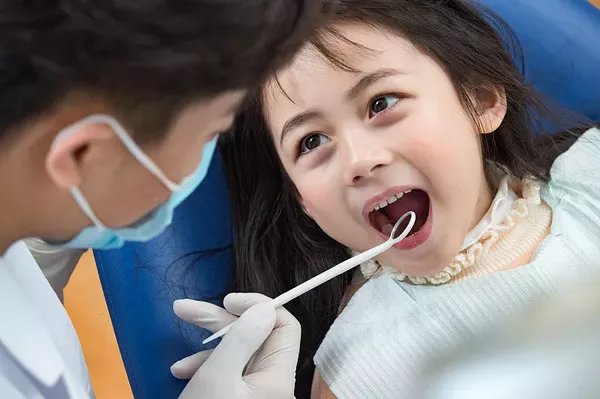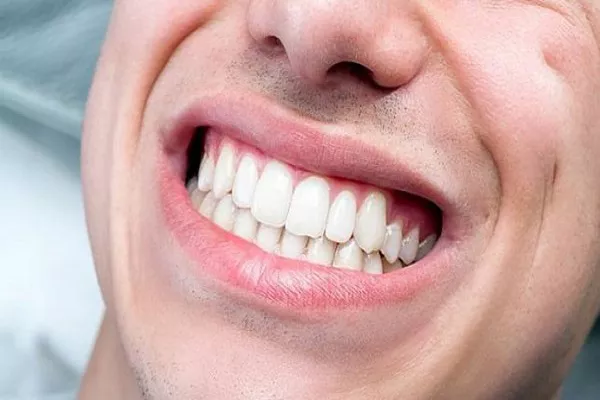Orthodontics is a specialized branch of dentistry that focuses on correcting misaligned teeth and jaw irregularities. The process often involves the use of braces to gradually shift teeth into their proper positions. After braces are removed, retainers play a crucial role in maintaining the achieved results. In this article, we will delve into the intricate process of making retainers for braces in orthodontics and explore the factors influencing the time it takes to create these vital dental appliances.
1.The Importance of Retainers in Orthodontics
Before delving into the time frame for making retainers, it is essential to understand their significance in the orthodontic treatment process. After the braces are removed, teeth may attempt to shift back to their original positions. Retainers help prevent this relapse by holding the teeth in their new positions until they stabilize. Wearing retainers as prescribed by the orthodontist ensures the long-term success of the treatment.
2.The Retainer Fabrication Process
Creating custom retainers for patients involves a series of meticulous steps to ensure a perfect fit and functionality. The process can be broken down into the following stages:
Impressions and Scanning: The first step is to take impressions of the patient’s teeth. Traditionally, dental putty is used to create molds. However, digital advancements have introduced intraoral scanners, which capture 3D images of the teeth, making the process faster and more accurate.
Retainer Design: Using the obtained impressions or digital scans, orthodontic technicians work on the retainer design. This stage involves precise measurements and calculations to customize the retainer based on the patient’s specific needs.
Material Selection: Retainers can be made from different materials, such as metal or clear plastic. Each material has its advantages and is chosen based on the patient’s preferences, orthodontist’s recommendation, and treatment goals.
Manufacturing: Skilled technicians use the retainer design to craft the appliance using specialized equipment and materials. The manufacturing process may vary depending on the chosen material.
Quality Control: After fabrication, each retainer undergoes a thorough quality check to ensure it meets the required standards for effectiveness and comfort.
3.Factors Influencing the Time Frame
The time it takes to make retainers can vary significantly based on several crucial factors:
Retainer Type: There are different types of retainers, such as Hawley retainers, clear retainers, and fixed retainers. The complexity of the design and material used can influence the fabrication time.
Lab Workload: The workload of the orthodontic lab plays a role in determining the turnaround time. Higher demand or peak seasons may lead to longer waiting periods.
Customization: Custom retainers are tailored to each patient’s unique dental structure. The level of customization required can impact the time needed for fabrication.
Patient Compliance: In some cases, the patient’s response to the retainer impression or scan may influence the overall timeline.
4.Average Time Frame
On average, the process of making retainers for braces in orthodontics can take anywhere from a few days to a couple of weeks. Simple retainers, such as clear plastic ones, can often be fabricated more quickly than complex designs like fixed retainers.
5.The Role of the Orthodontist and Lab Technicians
The expertise of both the orthodontist and lab technicians is crucial in ensuring the efficient and precise fabrication of retainers. Orthodontists possess the experience and knowledge to design an appropriate retainer plan for each patient, while skilled lab technicians bring this design to life with accuracy and craftsmanship.
6.Tips for Efficient Retainer Production
To minimize the time it takes to make retainers for braces in orthodontics, the following tips can be followed:
Digital Scanning: Utilizing intraoral scanners can expedite the process by eliminating the need for traditional impressions.
Collaboration: Effective communication and collaboration between the orthodontist and lab technicians can streamline the process and reduce errors.
Utilizing Technology: Adopting advanced manufacturing technologies can enhance the precision and speed of retainer fabrication.
Conclusion
Retainers are an integral part of orthodontic treatment, ensuring that the results achieved through braces are maintained in the long term. The process of making retainers involves a series of meticulous steps, from impressions to manufacturing, with factors like retainer type and customization influencing the time frame. By leveraging technology, expertise, and efficient communication, orthodontists and lab technicians work together to provide patients with high-quality retainers, safeguarding their beautiful smiles for years to come.
https://www.padmel.com/archives/4874
https://www.padmel.com/archives/2964
https://www.padmel.com/archives/2737






























